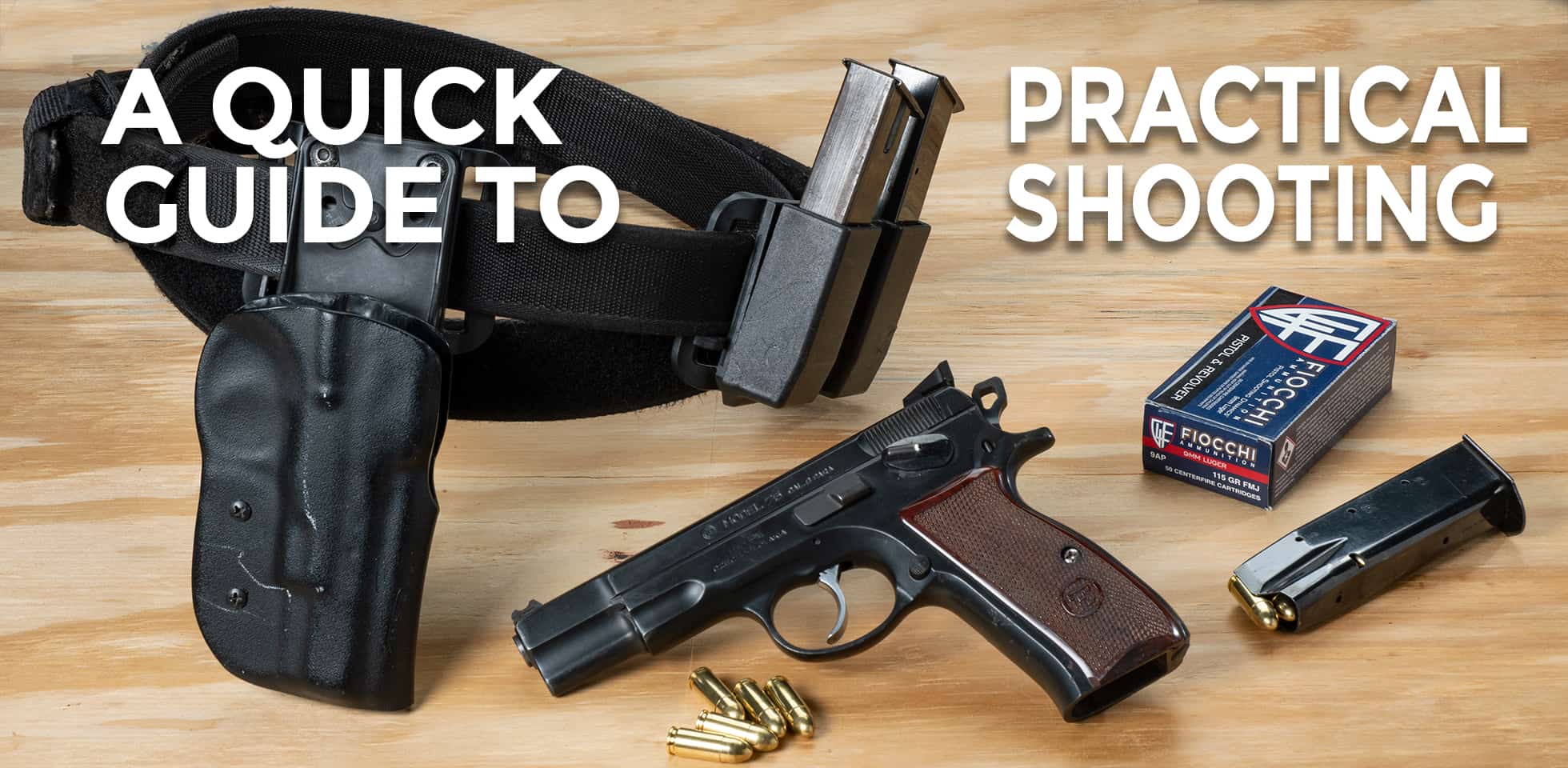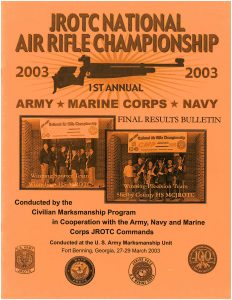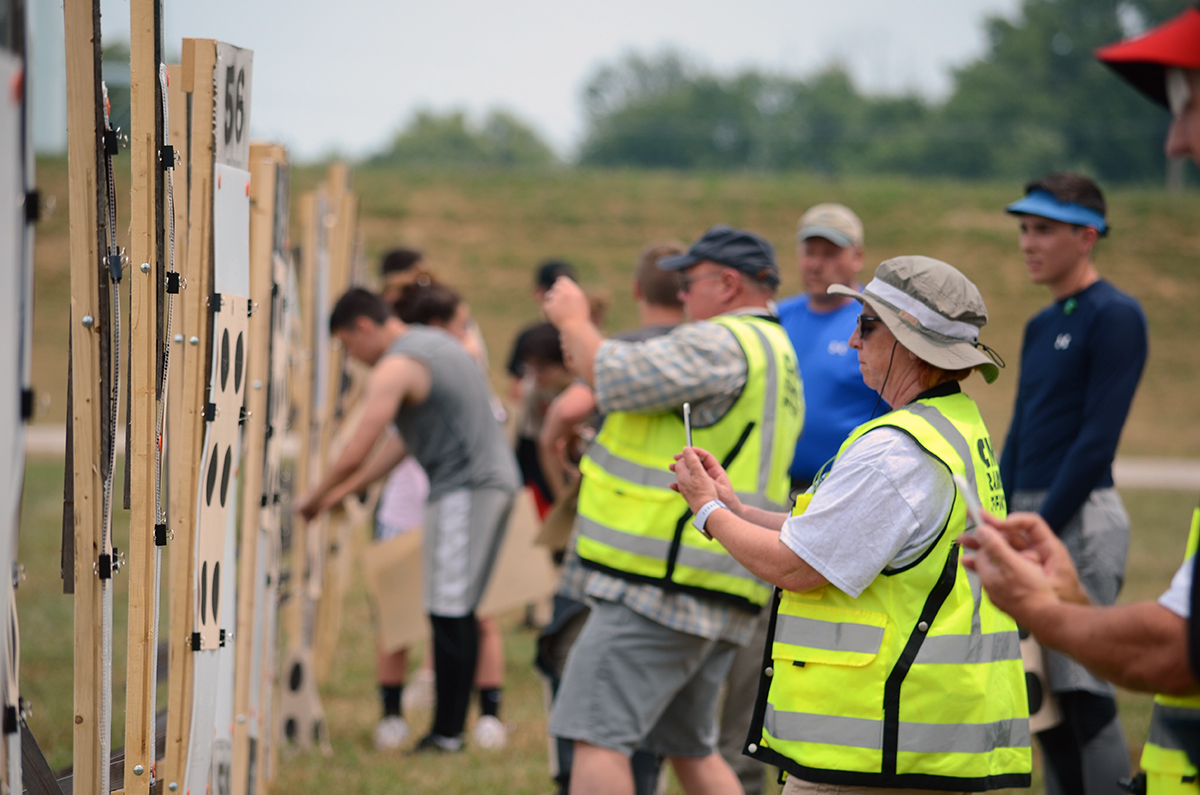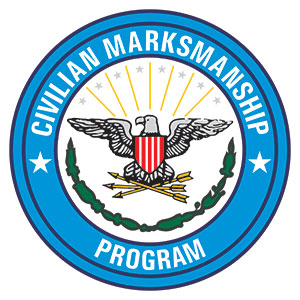

Hunter Education courses are now taught by state fish and game departments across the country and Canada and have helped make hunting one of the safest sports in existence. In 1949, the NRA, in conjunction with the state of New York, established the first hunter education program.

#Civilian marksmanship program history series#
Incidentally, the NRA's call to help arm Britain in 1940 resulted in the collection of more than 7,000 firearms for Britain's defense against potential invasion by Germany (Britain had virtually disarmed itself with a series of gun-control laws enacted between World War I and World War II).Īfter the war, the NRA concentrated its efforts on another much-needed arena for education and training: the hunting community. NRA members even reloaded ammunition for those guarding war plants. During World War II, the association offered its ranges to the government, developed training materials, encouraged members to serve as plant and home guard members, and developed training materials for industrial security. Meanwhile, the NRA continued its commitment to training, education and marksmanship. In 1975, recognizing the critical need for political defense of the Second Amendment, NRA formed the Institute for Legislative Action, or ILA. While NRA did not lobby directly at this time, it did mail out legislative facts and analyses to members, whereby they could take action on their own.

In response to repeated attacks on the Second Amendment rights, NRA formed the Legislative Affairs Division in 1934. Through the association's magazine, The American Rifleman, members were kept abreast of new firearms bills, although the lag time in publishing often prevented the necessary information from going out quickly. With nearly 6,000 people competing annually in pistol, smallbore and high-power events, the National Matches are one of the biggest sporting events held in the country today. Camp Perry became the home of the annual National Matches, which have been the benchmark for excellence in marksmanship ever since. Crichfield, adjutant general of Ohio, had begun construction of a new shooting facility on the shores of Lake Erie, 45 miles east of Toledo, Ohio. Today, youth programs are still a cornerstone of the NRA, with more than one million youth participating in NRA shooting sports events and affiliated programs with groups such as 4-H, the Boy Scouts of America, the American Legion, Royal Rangers, National High School Rodeo Association and others.ĭue to the overwhelming growth of NRA's shooting programs, a new range was needed.
#Civilian marksmanship program history full#
By 1906, NRA's youth program was in full swing with more than 200 boys competing in matches at Sea Girt that summer. Jones urged the establishment of rifle clubs at all major colleges, universities and military academies. The NRA's interest in promoting the shooting sports among America's youth began in 1903 when NRA Secretary Albert S. In 1892, Creedmoor was deeded back to the state and NRA's matches moved to Sea Girt, New Jersey. Political opposition to the promotion of marksmanship in New York forced the NRA to find a new home for its range. Named Creedmoor, the range opened a year later, and it was there that the first annual matches were held. In 1872, with financial help from New York State, a site on Long Island, the Creed Farm, was purchased for the purpose of building a rifle range. senator, became the fledgling NRA's first president.Īn important facet of the NRA's creation was the development of a practice ground.

Ambrose Burnside, who was also the former governor of Rhode Island and a U.S. The primary goal of the association would be to "promote and encourage rifle shooting on a scientific basis," according to a magazine editorial written by Church.Īfter being granted a charter by the state of New York on November 17, 1871, the NRA was founded. George Wingate formed the National Rifle Association in 1871. Dismayed by the lack of marksmanship shown by their troops, Union veterans Col.


 0 kommentar(er)
0 kommentar(er)
